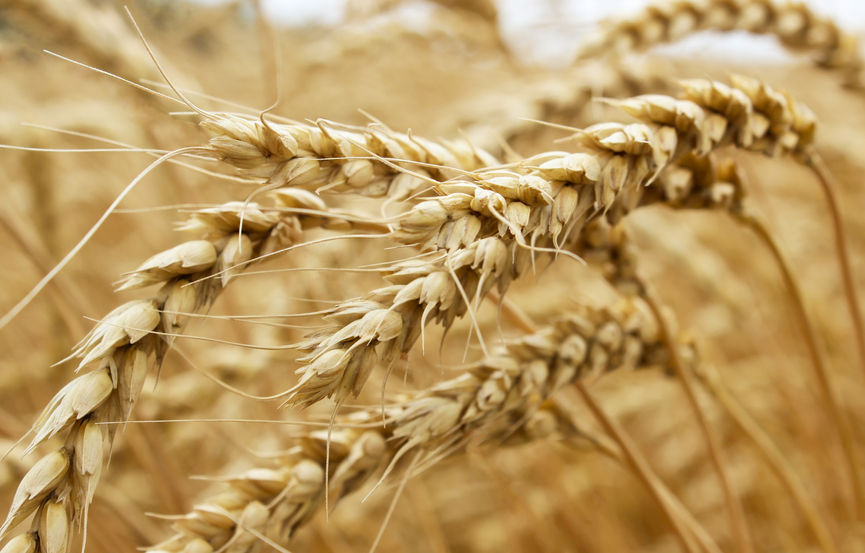
Despite recent news that Vivergo is shutting down for the foreseeable future, AHDB market analysts say the impacts that will be felt, while important, might not be to the same extent as initially assumed.
Vivergo Fuels Ltd has confirmed it will cease production due to a difficult trading environment.
The company, which sources from 900 farms, also blamed delays in the implementation of E10 in the UK.
Zak Watling, AHDB Market Analyst, said: “The overall supply and demand situation doesn’t drastically change for the 2018/19 season, even though there will be a slight rebalancing of demand, when comparing historical usage with wheat production and consumption scenarios.”
Vivergo has a reported maximum consumption of 1.1 million tonnes of feed wheat per year.
“It would be unrealistic to expect demand for UK wheat to fall by the same amount. We have to remember that there are many factors affecting UK wheat consumption, not least livestock,” Mr Watling added.
Analysts expect an increased demand for feed wheat, due to the dry summer and reduced availability of forage, as well as sustained demand from the poultry sector.
British compound animal feed production, including integrated poultry units, in July was five per cent higher than the year earlier and the highest level for the month of July since records began in 1995/1996.
What’s more, reduced production of Distillers Dried Grains with Solubles (DDGS) from the bioethanol sector, while a small percentage of overall feed demand, will need to be compensated for.
The latest Defra data, combined with the AHDB planting and variety survey results, suggest a total UK wheat area for 2018 of 1.8 million hectares.
Together with an average national yield range of 7.7 to 8.0 tonnes a hectare, according to ADAS, this would suggest a theoretical wheat production figure of between 13.88 and14.42 million tonnes in 2018.
However, this is only a scenario and the provisional Defra figure will need to be taken into account when available on 8 October.
Mr Watling said: “Even with a five-year average consumption level, which sees a trade-off between reduced industrial sector wheat usage and increased livestock feed demand, we could still be seeing tightness within the UK wheat balance sheet.”
